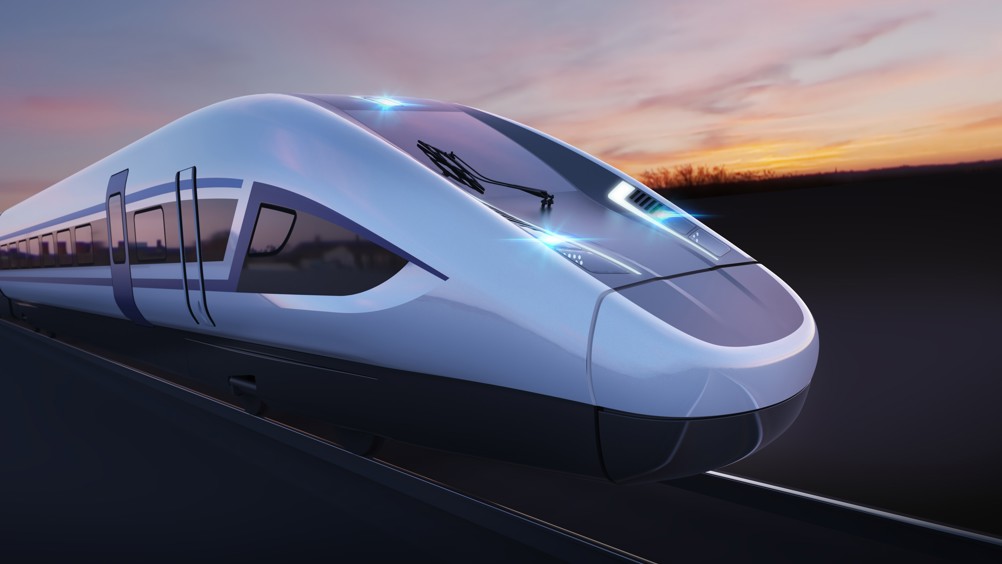Last week’s poll: reducing the cost of HS2
How might the enormous projected cost of HS2 be reduced while still retaining the maximum stated benefits of the project?


In last week’s poll, we asked readers what they thought would be the most effective method to reduce the cost of HS2 – currently projected at some £88 billion – while still retaining the most important advantages of the project.
_________________________________________________________
Further reading
_________________________________________________________
With a resounding 45 per cent of the vote, scrapping the entire project was by far and away the most popular option. A quarter of respondents felt that the best option was to only build the Northern Powerhouse part of the line, providing a much-needed boost to a part of the country's rail infrastructure that many feel has been neglected.
Just 8 per cent backed the idea of a cheaper London terminus at Old Oak Common, a policy that is perhaps the most likely outcome once the dust settles on the HS2 review. This was closely followed (7%) by reducing the overall speed of the service in an effort to curb costs. An unusually high number of readers (15%) chose the 'none of the above' option, perhaps reflecting the complexity of the issue and the mess the project has found itself in.
Register now to continue reading
Thanks for visiting The Engineer. You’ve now reached your monthly limit of news stories. Register for free to unlock unlimited access to all of our news coverage, as well as premium content including opinion, in-depth features and special reports.
Benefits of registering
-
In-depth insights and coverage of key emerging trends
-
Unrestricted access to special reports throughout the year
-
Daily technology news delivered straight to your inbox










Water Sector Talent Exodus Could Cripple The Sector
Maybe if things are essential for the running of a country and we want to pay a fair price we should be running these utilities on a not for profit...